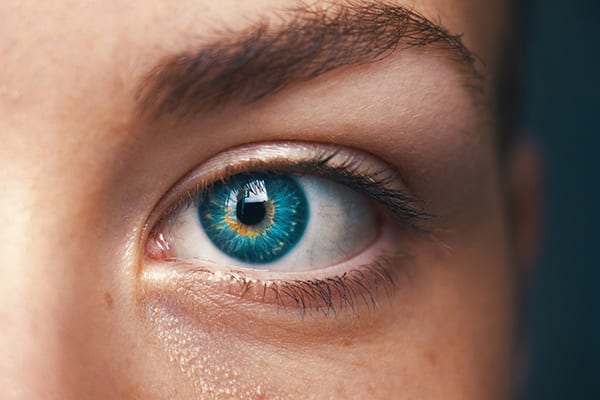
Glaucoma: Symptoms And Treatment
Glaucoma is the second leading cause of blindness worldwide and the number one cause of irreversible blindness. However, the disease is treatable, and blindness can be prevented through early diagnosis. Although children and young adults can be affected by Glaucoma, high-risk groups include people over 40, diabetics and those with a family history of glaucoma
One of the earliest symptoms of Glaucoma is having a cloudy-looking cornea, especially in children. Some of the other warning signs include increased sensitivity to light. For example, patients can start seeing halos around bright lights. Another red flag is having redness in the eyes accompanied with sharp pain and sometimes even nausea when the pain is severe. Some patients experience loss of peripheral vision, also known as tunnel vision. Others may suddenly lose their eyesight.
Glaucoma is a chronic eye disease in which increased pressure in the eye can lead to damage of the optic nerve resulting in gradual loss of vision – in fact, it accounts for more cases of irreversible blindness than any other eye disease. The good news is that it can be treated effectively through medication although some patients may still need surgery. Some of the treatment options include:
Trabeculectomy
There is a range of new surgical techniques that can be used to reduce the pressure within the eye, stop or slow any progression of glaucoma and preserve vision. According to the International Glaucoma Association, “Trabeculectomy is a surgical operation which lowers the intraocular pressure inside the eye (IOP) in patients with glaucoma. This is achieved by making a small hole in the eyewall (sclera), covered by a thin trap-door in the sclera.”
Glaucoma drainage device
Glaucoma drainage devices are an alternative to surgical procedures for glaucoma. In a recent large clinical study, Baerveldt Tube Surgery was shown to be superior to Ahmed Tube Surgery, with excellent long-term results. This technique is designed to transport the aqueous humour to an external reservoir. Within a month or two after the procedure, a capsule is formed around the fluid to regulate its flow.
Selective Laser Trabeculoplasty
Selective Laser Trabeculoplasty or SLT is a laser treatment for glaucoma. Glaucoma is often caused by raised pressure within the eye caused by poor drainage of fluid through the eye’s drainage channels (trabecular meshwork). With SLT, a laser is used to improve drainage. It is a quick and painless outpatient procedure and can be used as a first-line treatment option.
Micropulse
Micropulse laser is an alternative laser procedure that aims to reduce the amount of fluid that the eye produces and thereby lower eye pressure. This procedure can now be used in all cases of glaucoma, including the most severe.
Laser Iridotomy
A peripheral iridotomy or PI is a laser treatment for people with, or at risk of, a type of glaucoma known as angle-closure glaucoma. The angle is the part inside the eye where the fluid (intraocular fluid) drains. If the angle is narrow or closed then fluid cannot drain and there can be a buildup of pressure in the eye, causing damage. A narrow-angle is usually detected during a routine examination and most people who need a PI will have no symptoms.
iStent
A small 1mm mesh tube made from titanium (known as an iStent) can be surgically inserted to help the eye’s natural ability to drain fluid and so reduce pressure inside the eye. This minimally invasive glaucoma surgery (MIGS) is safe and results in patients not having to use as many eye drops every day.
Xen Gel Stent
Another MIGS procedure is the insertion of a Xen Gel Stent that also reduces pressure inside the eye by draining fluid via a tube (stent) connecting the anterior chamber of the eye to a bleb (or reservoir) positioned below the conjunctiva.







